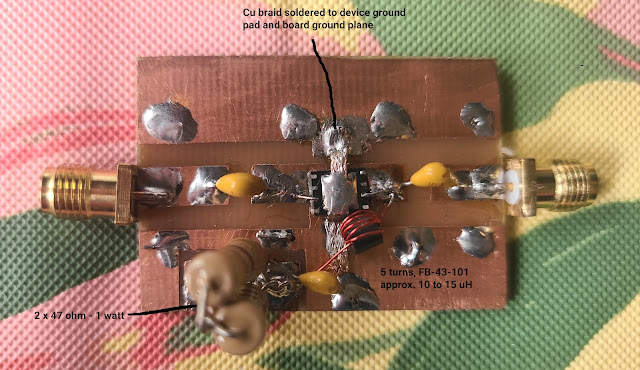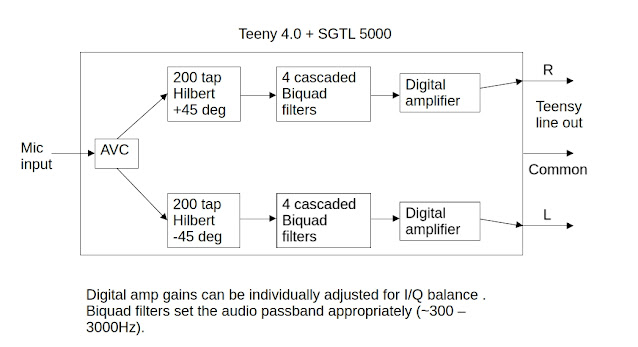A Half-baked Fix for Si5351 Quadrature Issues

In a previous post, I briefly described issues I had preserving quadrature output from an Si5351 board. Allegedly, once a 5351 is programmed to provide a fixed phase offset on a second output, it should maintain that phase shift across frequency excursions, provided the "even divisor" remained unchanged - No PLL reset needed until the a large enough frequency excursion requires a change in the "even divisor". PLL resets caused annoying "pops" in the output of direct conversion front ends that I typically use for phasing-type receivers. I was loathe to include a PLL reset on every frequency change because of that. So, I (and many others) only do a PLL reset when the required integer "even divisor" was changed. Many fewer "pops", but semi-random loss of LO quadrature within a relatively small frequency range. I added a polled front-panel switch to my hardware that I use to manually reset the PLL when my "ear detector" de...



